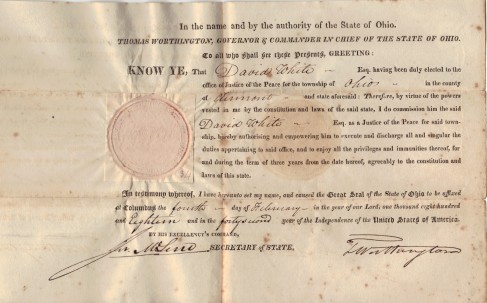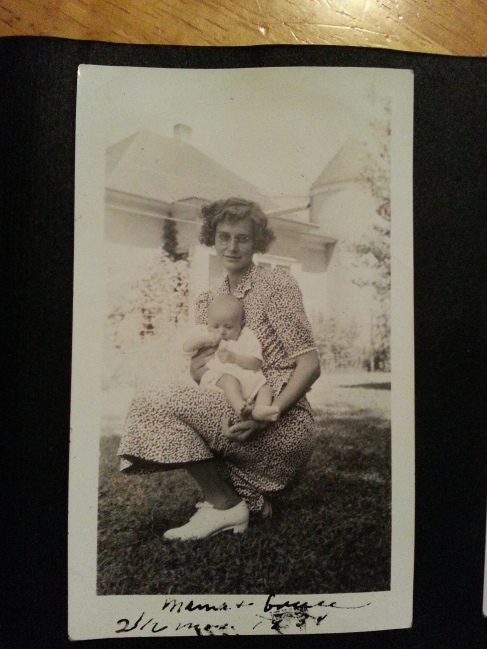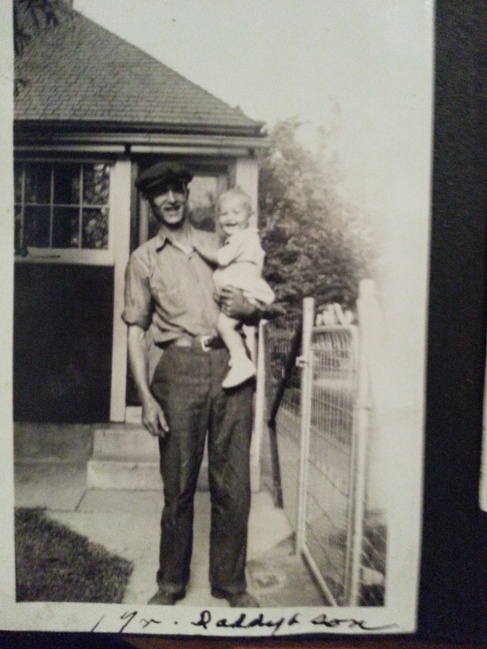After already many years of genealogical research, it felt almost unreal to be talking with a distant cousin, thumbing through old, old photographs of family members I knew only by name. I had a hard time believing that such things really happened.
The majority of the oldest photographs were unidentified but Mary Virginia told me who she thought each person was based on what she had been told.
According to Mary Virginia's family's tradition, these are photographs of Alexander and Hannah White. Alexander was born on 7 February 1810 in Clermont County, Ohio to David White, Sr. and Nancy Cummings. He and Hannah J. Wheeler were married in Clermont County on 13 October 1833. They moved to Fountain County, Indiana in late 1836. Hannah J. Wheeler was born in 1808 in Bowdoinham, Lincoln County, Massachusetts (now Maine) to William Wheeler and Margery Thompson. Her grandfather John Wheeler (1755-1844) was a sailor in the Revolutionary War. William and Margery and their family moved to Clermont County, Ohio around 1818.
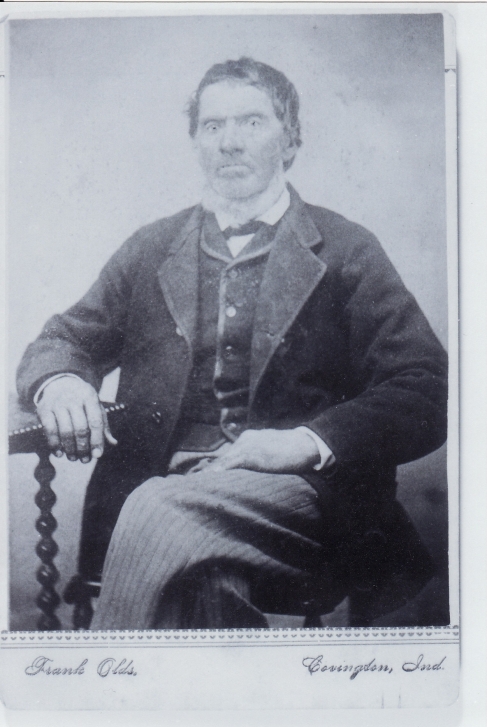
Alexander White (1810-1887)
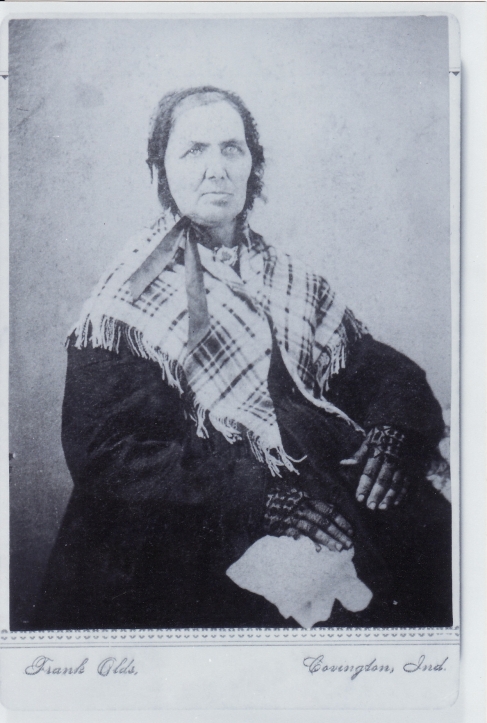
Hannah J. (Wheeler) White (1808-1884)
They were probably taken around 1880, and by the studio of Frank Olds in Covington, Indiana. I do not know the current location of the photographs.
If 1880 is the correct date, it could explain the black worn by Hannah White. Her eldest son David Wheeler White had died the previous year. Perhaps she was in mourning.
You'll note I'm being conservative in identifying these photos. If any reader has independent confirmation of their identity, please let me know.
